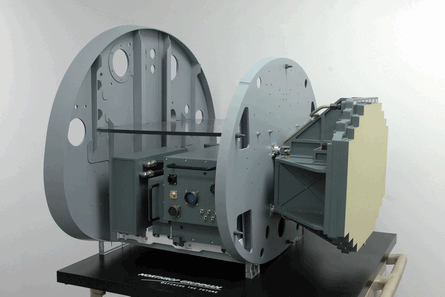Northrop Grumman is waiting to hear just who it will be allowed to sell its new (SABR) system to in 2009 - and with what capabilities.
The company is busy working with the US government to find just how much of the technology in the radar, much of which has been incorporated into the active electronically scanned array (AESA) APG-81 radar for the Lockheed Martin F-35, can be exported.
Mark Gaertner, Northrop Grumman vice president business development, says the SABR offers air-to-air, air-to-ground, hi-resolution synthetic aperture radar (SAR) and jamming modes, but the latter might not be available to export customers.
 |
|---|
Gaertner says: “SABR will initially be available in 2009 for the Lockheed Martin F-16 retrofit market. There are literally thousands of F-16s out there, but the export rules are changing and we are not clear yet on what we can get approval for.
“There are currently 25 countries flying the Northrop Grumman mechanically-scanned radar on their F-16s. SABR will be 1.5 to 3 times more reliable, but around the the same cost. It is also an easy retrofit with just two LRUs instead of four, and it uses the same mounting points and comes with its own liquid cooling system and heat exchanger.”
SABR moves its radar beam by altering the phase of the microwave signals applied to the antenna rather than physically moving it. In tests it was able to detect up to 19 different airborne targets in less than nine seconds with what Gaertner calls “speed of light” processing.
And in SAR mode it can provide hi-resolution ground images, capable of picking out fine detail on moving vehicles. The pilot can also zoom in for better target identification.
Although the F-16 is the main target market, Gaertner says that Northrop Grumman is also looking at the Korean T-50 and Lockheed Martin C-130 as other potential platforms. “We would love to see this on Eurofighter too,” he concludes.
Source: Flight International























